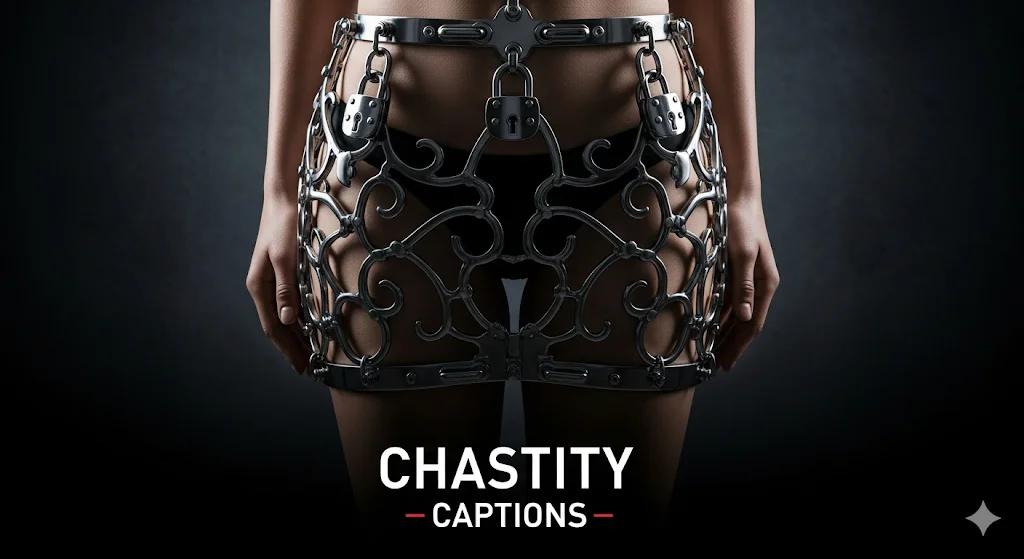If you’ve ever laced up for a run and felt discomfort halfway through, you’re not alone. Choosing the right running shoes is more than just picking a pair that looks good or happens to be on sale. It’s about understanding your body, your routine, and the surfaces you run on. Whether you’re pounding the pavement before work or hitting the trails on a Sunday morning, your shoes should support your stride, not work against it.
The right pair can help prevent injury, improve performance, and make running feel less like a chore and more like a rhythm you actually enjoy. But with so many options out there, how do you know what’s right for you?
Start by thinking about when and where you run. Weekday runs are often shorter, squeezed in before or after work, and usually on predictable surfaces like roads or treadmills. Weekend runs, on the other hand, might be longer, more exploratory, or even off-road. Your shoes should reflect that difference.
For example, if you’re alternating between city streets and nature trails, you might need two pairs: one with cushioning and responsiveness for urban runs, and another with grip and stability for uneven terrain. This approach not only protects your feet but also extends the life of each pair.
When shopping for running shoes for women, it’s important to remember that fit is not just about size. Women’s feet often have different proportions than men’s, including narrower heels and higher arches. A shoe that fits well will feel snug in the heel, supportive in the arch, and roomy in the toe box. You should be able to wiggle your toes without sliding around.
Try shoes on at the end of the day when your feet are slightly swollen, which mimics how they’ll feel mid-run. Walk around, jog in place, and pay attention to any pressure points. A good fit should feel secure but never restrictive.
Your gait—the way your foot strikes the ground—plays a huge role in what kind of shoe you need. Some runners overpronate, meaning their feet roll inward. Others underpronate, rolling outward. Neutral runners land evenly. Many specialty running stores offer gait analysis, which can help you choose a shoe that supports your natural movement.
If you can’t get a formal analysis, look at the wear pattern on your old shoes. Excessive wear on the inside edge suggests overpronation, while wear on the outside edge points to underpronation. Knowing this can guide you toward shoes with the right level of support or cushioning.
There’s a balance to strike between comfort and performance. Cushioned shoes absorb impact and are great for recovery runs or longer distances. Responsive shoes, on the other hand, offer a springier feel and are ideal for speed work or short, intense runs.
If your weekday runs are quick and focused, a lightweight, responsive shoe might be best. For weekend long runs, especially on hard surfaces, a more cushioned option can help reduce fatigue and protect your joints.
Running shoes don’t last forever. Most pairs are good for about 500 to 800 kilometers, depending on your weight, running style, and the surfaces you run on. Rotate your shoes if you run frequently, and keep an eye out for signs of wear like flattened soles or uneven tread.
Investing in the right pair might cost more upfront, but it pays off in comfort, performance, and injury prevention. And when your shoes feel good, your runs tend to follow.




Want to add a comment?